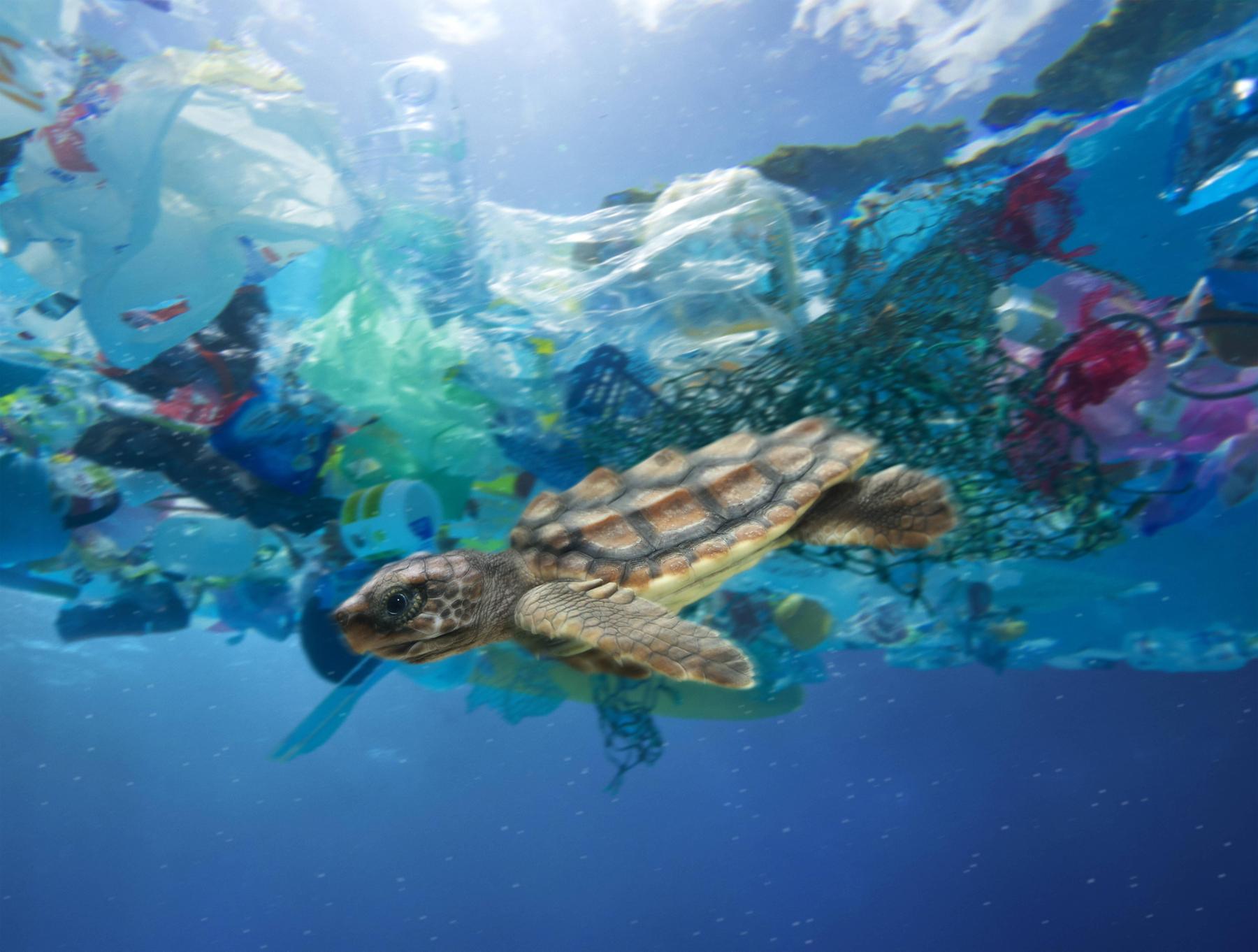Microplastics in seases could increase to more than 1000 million tons by 2026 – Diepresse.com

A French research group expects an increase in a plastic amount to 1,200 million tons in the sea in 2015 more of 263 million tons – and also with very ambitious countermeasures.
The total amount of microplastics in the environment could multiply by 2060. This scenario even applies in the event of an active fight against global mismanagement in waste management, report French researchers in the specialist magazine « Science Advances ». In the study, the group led by Jeroen Sonke from the Géosciences Environnement research institution in Toulouse simulated the development of global plastic circuits in the period 1950 to 2100.
According to this, 2045 could be the highest amount of the amount of plastic that reaches the sea annually: with a total of 23 million tons. The concentrations of microplastics are also likely to increase significantly – especially because the larger plastics decompose over time.
Study distinguishes three size categories of plastics
The starting point for the researchers’ calculations was a study by the Organization for Economic Cooperation and Development (OECD) for plastics published in 2022. In it, the OECD team examined the development of plastic waste for different scenarios-from « further as before » to « worldwide ambitious measures ».
« The political instruments of all four scenarios are based on the taxation of plastic products, increased recycling and greater durability, the expansion of landfills, a stronger responsibility for manufacturers and financial support for developing countries, » write Sonke and colleagues.
For their new calculations, they differentiated three size categories of plastics:
Higher estimates than OECD study
The teams of the team around Sonke determined are sometimes significantly higher than in the OECD study. The OECD study for 2019 is about 1.7 million tons of macroplasty that get into the sea every year. Sonke and colleagues even come to 6.1 million tons. The large and small microplastics are even 16 million tons of plastic that currently get into the sea every year.
The researchers justify the difference to the OECD data by assuming measurements and estimates of the amounts of plastic in the seas. The OECD, on the other hand, derived its values from population density, gross domestic product per capita and country -specific statistics on the municipal waste revenue.
Overall, according to the current study, the total amount of plastics in the seas from 263 million tons in 2015 increases to 1,200 million tons in 2060. According to the study, this amount applies to the scenario with ambitious political countermeasures. With the other scenarios, the values are even higher.
Quantity will also increase if there is no more plastic into the sea
The amount of small microplasty in the top water layer of the sea – up to 50 meters deep – will therefore increase per liter in the cheapest case from 2015 to 2060 of 6.2 nanograms – i.e. millionths milligrams – to 19 nanograms, in the worst case even 27 nanograms. In the atmosphere, the proportion of this small microplasty will increase from 23 nanograms per cubic meter to 74 to 100 nanograms per cubic meter.
Even if from 2060 no plastic should no longer get into the sea through waste mission management, the amount of microplastics will continue to increase, the research group emphasizes. Because the plastic present in the seas will continue to be shredded – with a rate of about three percent per year.
Storage of waste
According to the team, how the situation in the oceans develops depends not least on the storage of plastic waste – especially in coastal regions. « According to estimates, there are 100,000 landfills worldwide near the coastal proximity in deep -lying areas that are often not sealed and are exposed to the risk of erosion, » the study authors write. As a result, plastics came into the marine environment. The recovery of ecosystems also depends on the efficiency of such landfills to hold back plastic and microplasty waste. (APA/dpa)







